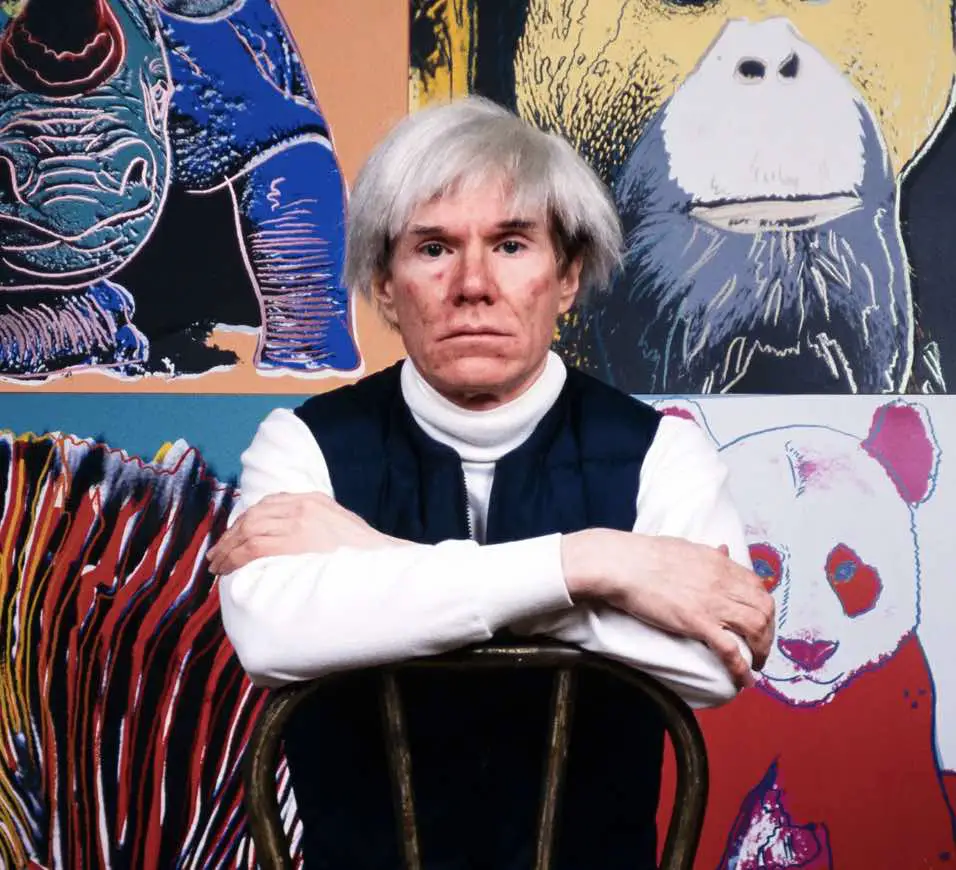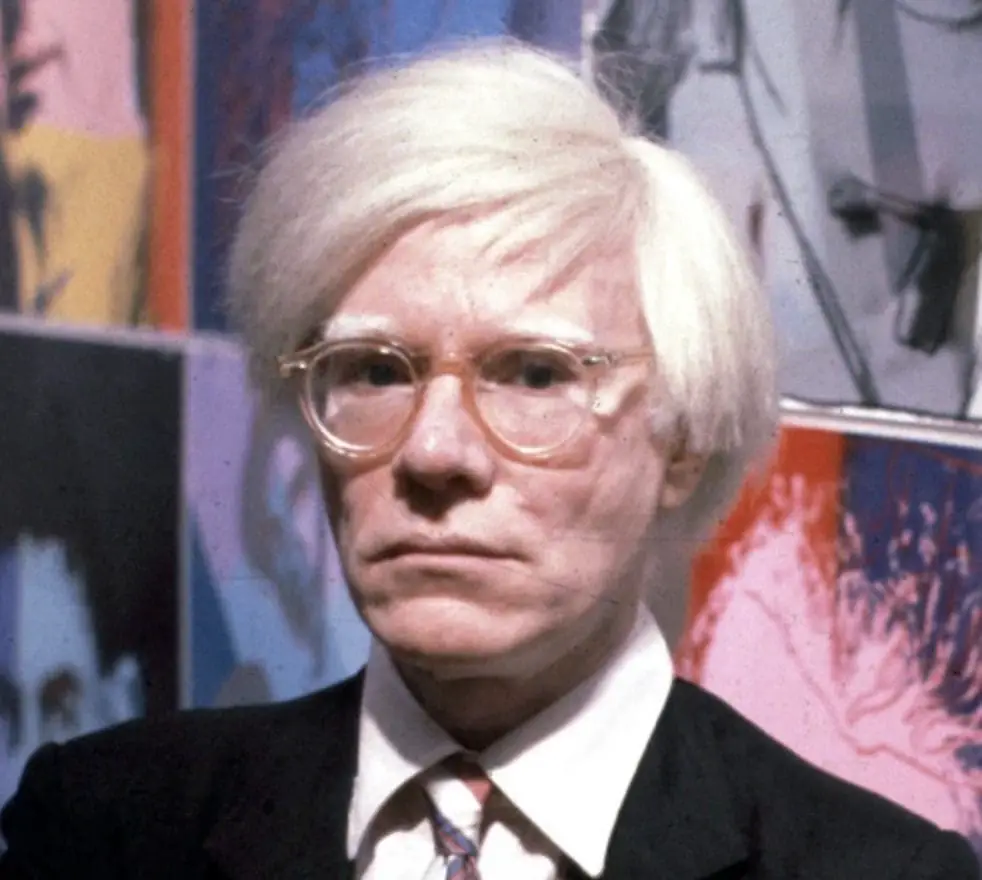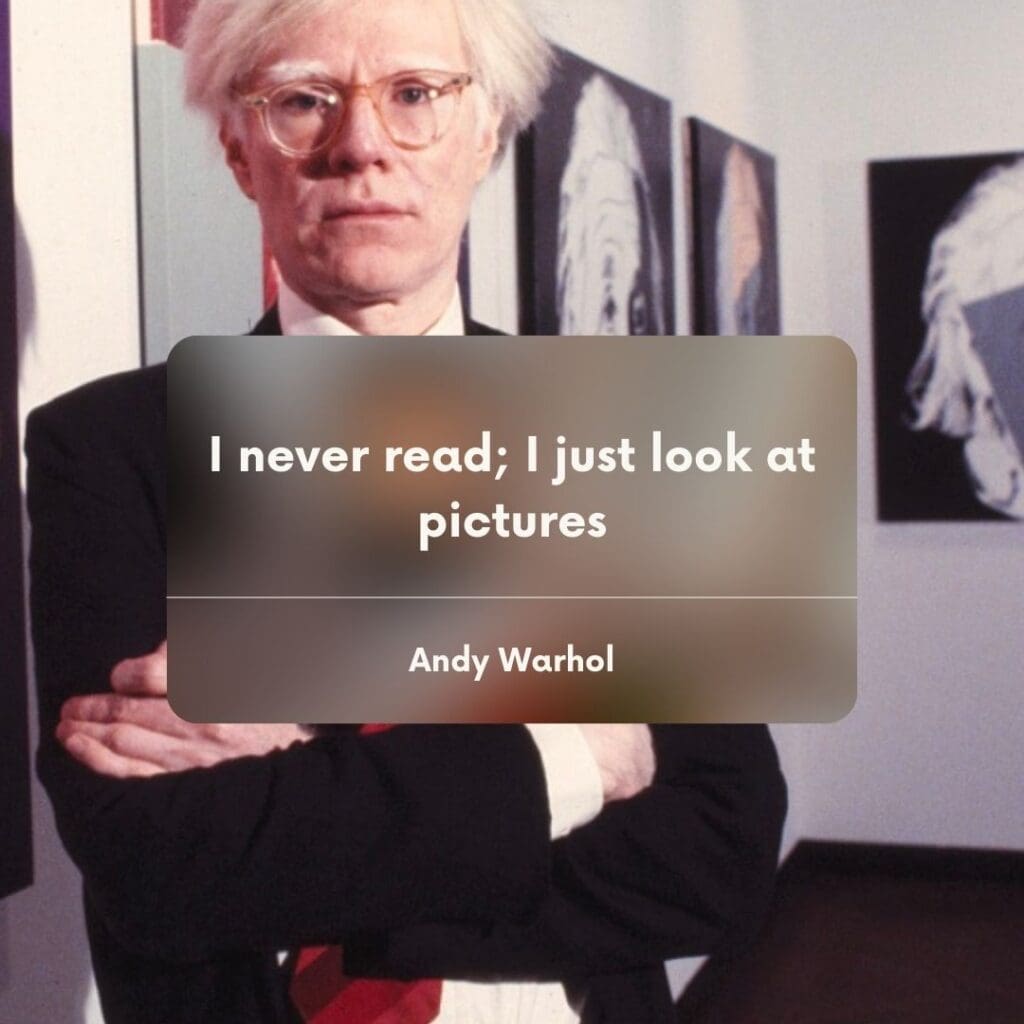Andy Warhol is a great American artist but more than just being an artist; he understands human nature.
In 1968, an acclaimed artist, and cultural visionary, Andy Warhol, made a bold statement that would prove prophetic: “In the future, everyone will be world-famous for 15 minutes.” Warhol could not have anticipated the transformative power of the digital age, where social media and personal branding have turned his prediction into a reality. Even today, there is controversy about whether he even said the quote.
Table of Contents
- Andy Warhol And Everyone Will Be Famous For 15 Minutes: The Enduring Impact Of A Cultural Visionary
- The Enigmatic Origins Of “15 Minutes Of Fame”: Controversy Of The Andy Warhol Quote
- Related Questions
Andy Warhol And Everyone Will Be Famous For 15 Minutes: The Enduring Impact Of A Cultural Visionary
In 1968, Andy Warhol, the renowned artist and cultural visionary, boldly proclaimed,
“In the future, everyone will be world-famous for 15 minutes”
Andy Warhol
Little did he know that his words would resonate and become a reality in the digital age of social media and personal branding.
Warhol: The Cultural Visionary
Born as Andrew Warhola in 1928, Andy Warhol emerged as a significant figure in the art world during the 1960s. His iconic Pop Art style exploded onto the scene, challenging the boundaries of traditional art forms.
However, Warhol’s impact extended beyond his artistic endeavors. He was fascinated with fame and the cult of personality surrounding famous individuals.

From an early age, Warhol was fascinated with celebrities, idolizing figures like Shirley Temple and Truman Capote. As he grew older, his admiration for Capote deepened, leading to a friendship and collaboration.
Capote became both a muse and a subject for Warhol’s art as they navigated the circles of fame together.
Broadening The Scope Of Fame
While Warhol’s artwork prominently featured renowned figures such as Elizabeth Taylor, Marilyn Monroe, and Jacqueline Kennedy, he also directed his gaze toward niche personalities and cultural outsiders. Warhol elevated these individuals through his art, granting them societal recognition and validating their existence.

Warhol’s approach challenged the conventional notion of fame, expanding its boundaries beyond the realm of traditional celebrities.
He believed that fame was not exclusive to a select few but had the potential to encompass a broader spectrum of individuals. In doing so, Warhol shattered the hierarchy of fame and offered a more inclusive perspective.
The Power Of Images And Social Media

Warhol possessed a deep understanding of the power of images as communication tools. He famously stated, “I never read; I just look at pictures.” This sentiment resonates strongly in today’s digital age, where social media platforms like Instagram dominate our visual landscape. Images have become a primary mode of communication, shaping our perception and understanding of the world.
The rise of social media platforms has democratized the concept of fame. Anyone can now curate their brand, sharing their lives with a vast audience.
Warhol’s prediction that everyone would be famous for 15 minutes has come true. However, this newfound accessibility to fame raises essential questions about authenticity and the impact of constant exposure on individuals’ lives.
Living In The Warhol Universe
As the boundaries between the lives of famous people and everyday individuals blur, we find ourselves existing in what could be considered the ultimate Warhol universe. Social media has become a stage where individuals perform their lives, seeking validation and recognition.
Pursuing fame has become intertwined with personal branding as people strive to accumulate followers, likes, and comments.
While the democratization of fame has its merits, it also presents challenges. The constant pressure to project an idealized version of oneself, the commodification of personal lives, and the potential for mental health implications are concerns that arise in this fame-seeking culture.
It is crucial to navigate the digital landscape consciously, balancing the desire for recognition with personal well-being and authenticity.
The Enigmatic Origins Of “15 Minutes Of Fame”: Controversy Of The Andy Warhol Quote

Andy Warhol’s famous quote, “In the future, everyone will be world-famous for 15 minutes,” has become synonymous with the concept of fleeting celebrity. However, recent evidence suggests that Warhol may not have uttered these words.
The Elusive Origins Of Warhol’s 15-Minute Fame Quote
The widely attributed quote traces back to a 1968 brochure distributed by Andy Warhol during one of his exhibitions in Sweden. However, art critic Blake Gopnik suggests that the phrase may have originated from Pontus Hultén, a renowned European curator.
Other claimants, such as painter Larry Rivers and photographer Nat Finkelstein, have also claimed the quote. Finkelstein, in particular, asserts that he responded to Warhol’s comment about everyone wanting to be famous by quipping, “Yeah, for about 15 minutes, Andy.”
Warhol’s Admission About The Quote
In 1980, Warhol himself admitted that he never said the famous quote. However, by then, the line had become firmly associated with him. Warhol, known for his branding exploration, had become his brand.
The “15 minutes of fame” quote seamlessly fit into the narrative surrounding his persona. Regardless of its authorship, the public decided that the quote belonged to Warhol, solidifying his iconic status.
The Power of Branding And Andy Warhol
As Gopnik points out, the debate over the origin of the quote is somewhat irrelevant. Society has shaped the Warhol brand by embracing and perpetuating the idea that Warhol said.
The quote resonates with Warhol’s exploration of fame, media, and consumer culture. It has become an integral part of his artistic legacy, symbolizing the ephemeral nature of celebrity in the modern age.
Creating The Warhol Brand
Regardless of its origins, the “15 Minutes of Fame” quote has become a cornerstone of the Andy Warhol brand. It aligns with Warhol’s fascination with fame, his exploration of consumerism, and his role as an artist who blurred the lines between art and commerce.
The public’s acceptance of the quote reflects their desire to associate Warhol with the concept of a fleeting celebrity.
The enigmatic origins of the “15 Minutes of Fame” quote add an intriguing layer to the enduring legacy of Andy Warhol. While it remains uncertain whether Warhol coined the phrase, its association with his persona and body of work is undeniable.
The quote exemplifies the paradoxical nature of fame and the malleability of personal branding. Whether the words were his or not, Andy Warhol’s brand continues to captivate and inspire, perpetuating the idea that everyone in this social media era can be world-famous, even for only 15 minutes.
Anita Louise Art is dedicated to art education, great artists, and inspiring others to find and create their art. We love art that uplifts and inspires. #ArtToMakeYouSmile! #ArtToMakeYouHappy!
If you want to see any of my art, you can find out more by clicking here. If you are interested in what inspires me and my paintings, you can discover more by clicking here.
We have a free newsletter and would love you to be part of our community; you can subscribe to the newsletter by clicking here. If you have any questions, I would be happy to talk to you anytime. You can reach me, Anita, by clicking here.
Subscribe to our Anita Louise Art YouTube Channel with great videos and information by clicking here.
Join us for our podcast “5 Minutes With Art.” Spend just 5 minutes a week with us to discover and learn about great art and artists. You can find out more about our podcast by clicking here.
Related Questions
What Was The Impact Of Vincent Van Gogh On The Art World?
Van Gogh used color, form, and emotions in his art. He had a bright palette that was individualized for his time. Even though he did not see a lot of success during his life after he died, the impact of his art can be seen in both the Expressionism and Fauvism movements that were taking place in Europe.
By clicking here, you can learn more by reading What Was The Impact Of Vincent Van Gogh On The Art World?
Similarities Between Claude Debussy And Claude Monet
Claude Debussy is a musical composer. Claude Monet is an artist. They are both considered Impressionists and were not afraid to break from the tradition of their day to create something new. Both Debussy and Monet greatly influenced many artists that went after them.
By clicking here, you can learn more by reading Similarities Of Claude Debussy And Claude Monet.
What Is A Japanese Woodblock Print?
A Japanese woodblock print is, as the name implies, a print that is made by using carved woodblock and applying ink on the woodblocks to print a design on paper. Japanese woodblock artists use woodblocks to print artistic prints and even books. Artists have used the woodblock print technique in Japan for hundreds of years.
You can learn more by reading What Is A Japanese Woodblock Print? by clicking here.

